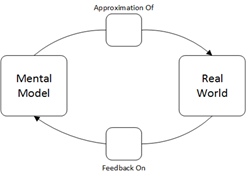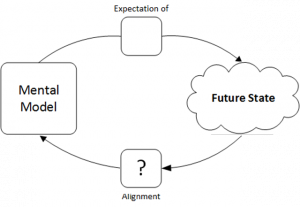Think of your project like a train ride, or any trip for that matter. You know where you want to go, you make plans, purchase your ticket, and get on the train. You expect to arrive at your planned destination, right?
But what if the train isn’t on the right track to begin with? It’s a great trip and you really enjoy it. But when you get off the train, you realize you’re not where you thought you’d be.
This is often what happens when projects fail. No matter how well project managers and business analysts keep a project on track—and they’re usually pretty good at that—if it starts on the wrong track, it will not end well.

Has this happened to you? You’re brought into a project and told to make it happen. There’s no time for planning, but millions of dollars are at stake. Maybe you’re lucky and you’ve got time to make a Gantt chart. No matter how good you are at managing that project, if you don’t know what the stakeholders’ expectations are, the project will fail, and you’ll get walked off the site.
This is why we emphasize starting on the Right Track. We’re not inventing new ways to manage a project—there’s plenty of information on managing projects well and you’re probably good at that. We focus on helping you get expectations from your stakeholders, align them, and keep them aligned during the project, which is what the Project Guidebook helps you do.
Because no matter how well you keep a project on track, if it’s on the wrong track to begin with, it will arrive at the wrong destination and nobody’s expectations will be met.
Why Start Right?
70% of IT projects do not deliver the expected functionality on time and within budget. They do not deliver the expected
RESULTS.
Mental Models
With many stakeholders, there can be many mental models, which are rarely the same. To ensure project success, you have to make sure that all stakeholders expect the same thing. You need a shared mental model to align their expectations.
Real World
“Problems result from a mismatch between how real-world systems work and how we think they work.”

Future State
“IT project failures result from a mismatch between how an IT system works and how we expect it to work.” .

Source: Cabrera and Cabrera,
Systems Thinking Made Simple, 2015